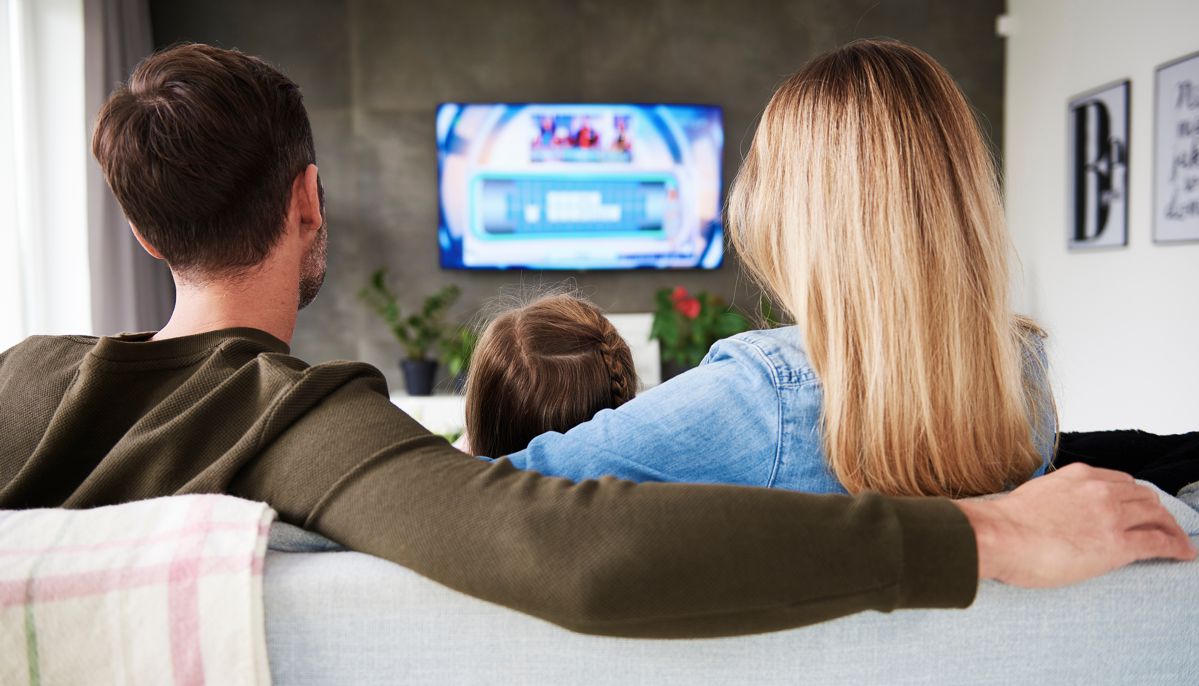Pop Culture and Its Place in the Modern Deathcare Zeitgeist

Regardless of the reasons, adults have traditionally made efforts to protect children from the idea of death. Pop culture reflects these efforts in film with examples such as parents purchasing identical pets to replace deceased ones that maintain an illusion of perpetual life or depictions of adults struggling to explain the concept of losing a loved one.
However, despite signs that would lead to a potentially sheltered upbringing, millennials and Gen Z lead the death positivity and preparedness movement. A 2017 study found that 54% of millennials had already discussed plans for end-of-life care with their family members. More recently, a 2020 survey revealed that Gen Z is four times more likely than our elder generations to create a bucket list of things to do before dying.
These shifting attitudes in regard to death are apparent in contemporary pieces of pop culture, from live-action productions to animated films. Whether new to the deathcare field or an experienced professional, we can all learn a lot from these changes and how to successfully incorporate them into our funeral practices.
Top Positive Portrayals of Death in Pop Culture
The past decade has seen death and grieving portrayed more realistically in pop culture, influencing millions of people to speak out on social and traditional media about their experiences with losing loved ones.
Some of the best pop culture moments that have demystified and normalized death include:
- “This Is Us”: This six-season show was top-rated among millennials and Gen Z for its unmatched propensity for teaching viewers about grief. As several of the show’s key characters passed away, the audience saw that grieving could cause negative consequences such as addiction, eating disorders, and anxiety. “This Is Us” also showed the importance of social support and open communication in promoting healthy grieving and healing.
- “After Life”: While the characters in this British show by comedian Ricky Gervais were of the baby boomer and Gen X generations, the story of a man struggling to move forward after his wife died of cancer resonated with audiences of all ages. “After Life” showed there is no right way to grieve or ‘move on’ from a loved one’s death. Its portrayal of death’s mental impact should motivate deathcare professionals to incorporate the help of end-of-life professionals to help grieving people handle the cognitive load that comes with a loved one’s looming and eventual death.
- “Coco”: This cartoon movie’s depiction of an afterlife resonated with many and educated people about the funeral traditions of Mexican culture. “Coco” helped younger audiences understand that death does not always mean the end of life. Deathcare professionals can learn from the movie by making funerals less confusing for children affected by a death, teaching them that departed loved ones can live on in their hearts and minds through memories.
- “The Good Place”: This television show depicted a thrilling afterlife where characters got to explore their beliefs and morality. “The Good Place” reinforced the importance of living in the moment because death could happen at any moment.
Impact of the Death Positivity Movement
The death positivity movement does not stem from morbid fascination with death. On the contrary, the movement helps people adopt a neutral view of it rather than an obsession or fear. It is meant to allow us to contemplate death with the desire to remain self-aware, present, and live our lives to the fullest.
Such a view was once traditionally uncommon to the average American. While people in the Greatest and Silent generations saw large-scale deaths during the world wars, baby boomers and the Gen X population grew up when improvements in healthcare and deathcare separated death from regular life. They often viewed death as something only experts in hospitals, morgues, and funeral homes should handle. These attitudes might have reinforced their fear of mortality and unwillingness to openly discuss such a heavy topic with their children.
However, despite their parents’ best efforts, youth who have embraced death positivity understand the need for financial and personal pre-planning to ensure their departure does not leave loved ones unsure of how to best honor their wishes. With this in mind, deathcare professionals can use this opportunity and openness to educate the youth on death's legal, financial, and emotional impacts.
Furthermore, new trends in pop culture teach us that embracing death positivity allows us to contribute positively to the world one final time. Funeral professionals can educate their communities about socially responsible options for handling remains, such as donating organs, providing their bodies to science, or opting for ecological burials alternatives.
Finding Lessons in Everyday Life
At Pierce Mortuary Colleges, we pride ourselves in educating our students to be of service to their communities during some of their most trying times. We understand that our educational journeys do not stop in the classroom and that the inspiration behind key life lessons can come to us at any time. As such, deathcare professionals can use the tools given to us by pop culture to normalize death and the funeral process.
If you are interested in pursuing a career in mortuary sciences or continuing your educational journey, contact us today to explore our degree options and certifications.

